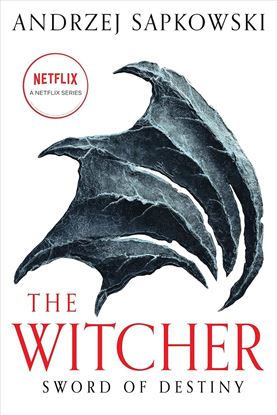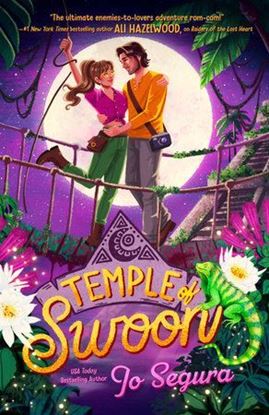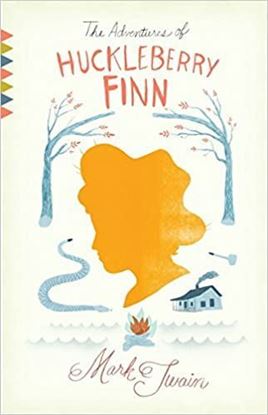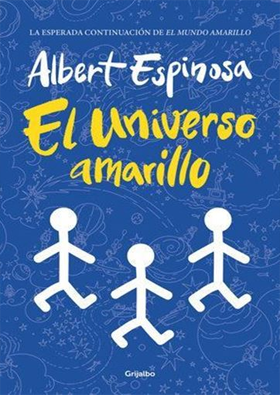

SWORD OF DESTINY
Geralt is a Witcher, a man whose magic powers, enhanced by long training and a mysterious elixir, have made him a brilliant fighter and a merciless hunter. Yet he is no ordinary killer: his targets are the multifarious monsters and vile fiends that ravage the land and attack the innocent.
Sword of Destiny is the follow up to The Last Wish, and together they are the perfect introduction to a one of a kind fantasy world.
1,400
1,050
TABLE FOR TWO
he millions of readers of Amor Towles are in for a treat as he shares some of his shorter six stories set in New York City and a novella in Los Angeles. The New York stories, most of which are set around the turn of the millennium, take up everything from the death-defying acrobatics of the male ego, to the fateful consequences of brief encounters, and the delicate mechanics of compromise which operate at the heart of modern marriages.
In Towles’s novel, Rules of Civility, the indomitable Evelyn Ross leaves New York City in September, 1938, with the intention of returning home to Indiana. But as her train pulls into Chicago, where her parents are waiting, she instead extends her ticket to Los Angeles. Told from seven points of view, “Eve in Hollywood” describes how Eve crafts a new future for herself—and others—in the midst of Hollywood’s golden age.
Throughout the stories, two characters often find themselves sitting across a table for two where the direction of their futures may hinge upon what they say to each other next.
Written with his signature wit, humor, and sophistication, Table for Two is another glittering addition to Towles’s canon of stylish and transporting historical fiction.
1,350
1,013
TELL ME EVERYTHING
With her remarkable insight into the human condition and silences that contain multitudes, Elizabeth Strout returns to the town of Crosby, Maine, and to her beloved cast of characters—Lucy Barton, Olive Kitteridge, Bob Burgess, and more—as they deal with a shocking crime in their midst, fall in love and yet choose to be apart, and grapple with the question, as Lucy Barton puts it, “What does anyone’s life mean?”
1,400
1,050
TEMPLE OF SWOON
While her mentor may be the world’s most badass archaeologist, the only thing bad about Dr. Miriam Jacobs are her corny jokes. But when Miri is charged with leading an unmapped expedition through the Amazon for the fabled Lost City of the Moon, she finally has her chance to prove to her colleagues that she’s capable—and hopefully prove it to herself, too.
Journalist Rafael Monfils has joined the archaeological team to chronicle their search for the lost city. Or at least, that’s what they think he’s doing. Rafa’s real goal? Make sure the team does not reach the Cidade da Lua, stopping the desecration of the holy city and protecting his mother’s legacy. All he needs to do is keep them on the wrong path.
900
675
THE ADVENTURES OF HUCKLEBERRY FINN
Long cherished by readers of all ages, The Adventures of Huckleberry Finn is both a hilarious account of an incorrigible truant and a powerful parable of innocence in conflict with the fallen adult world.
The mighty Mississippi River of the antebellum South gives the novel both its colorful backdrop and its narrative shape, as the runaways Huck and Jim—a young rebel against civilization allied with an escaped slave—drift down its length on a flimsy raft. Their journey, at times rollickingly funny but always deadly serious in its potential consequences, takes them ever deeper into the slave-holding South, and our appreciation of their shared humanity grows as we watch them travel physically farther from yet morally closer to the freedom they both passionately seek.
700
525
THE ADVENTURES OF TOM SAWYER (VINTAGE CL
Mark Twain was one of the nineteenth century's greatest chroniclers of childhood, and of all his works his beloved novel The Adventures of Tom Sawyer most enchantingly and timelessly captures the sheer pleasure of being a boy.
Tom Sawyer is as clever, imaginative, and resourceful as he is reckless and mischievous, whether conning his friends into painting a fence, playing pirates with his pal Huck Finn, witnessing his own funeral, or helping to catch a murderer. Twain’s novel glows with nostalgia for the Mississippi River towns of his youth and sparkles with his famous humor, but it is also woven throughout with a subtle awareness of the injustices and complexities of the old South that Twain so memorably portrays.
650
488













